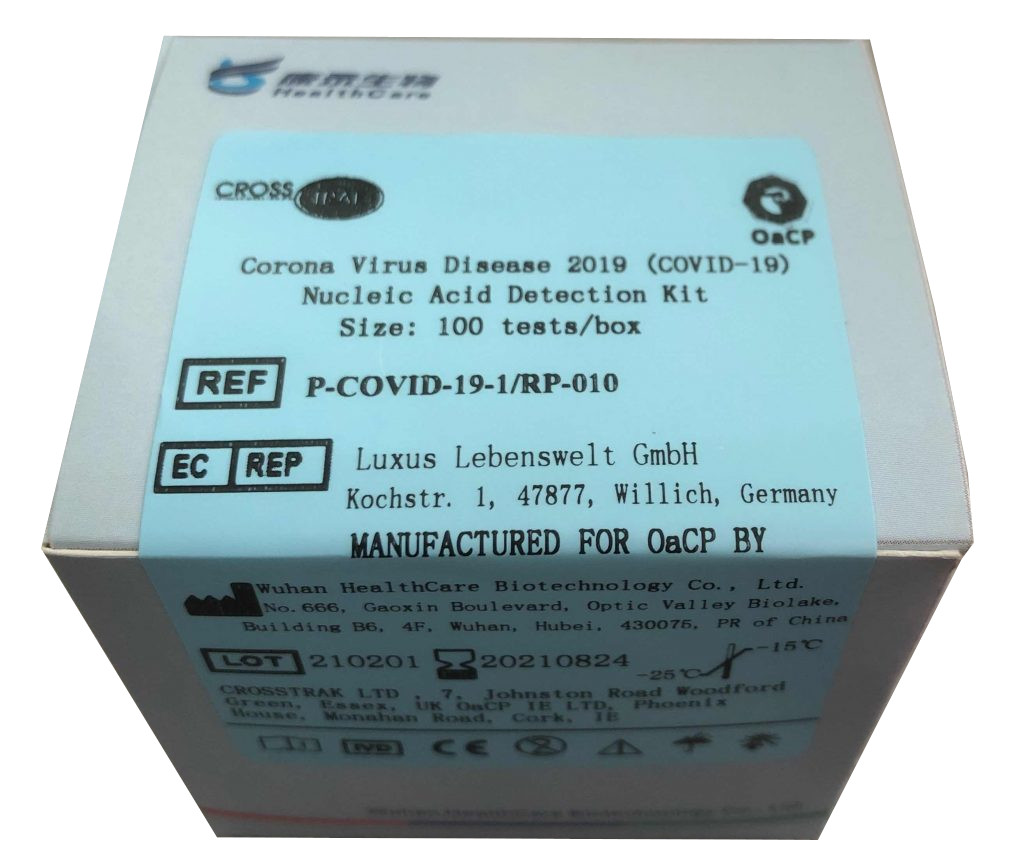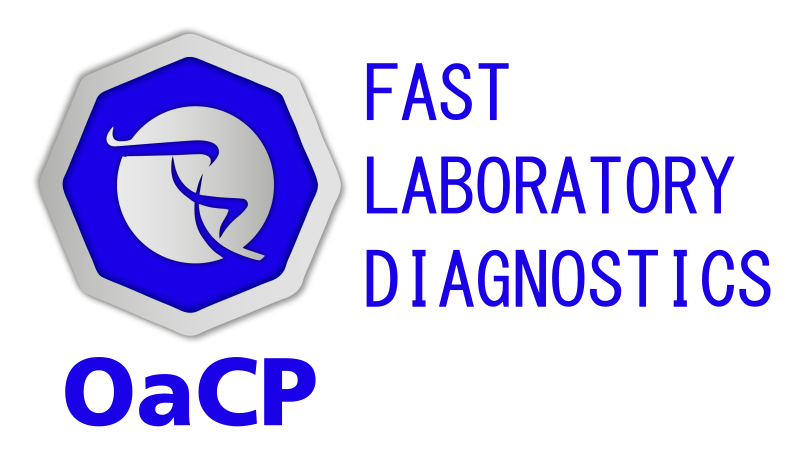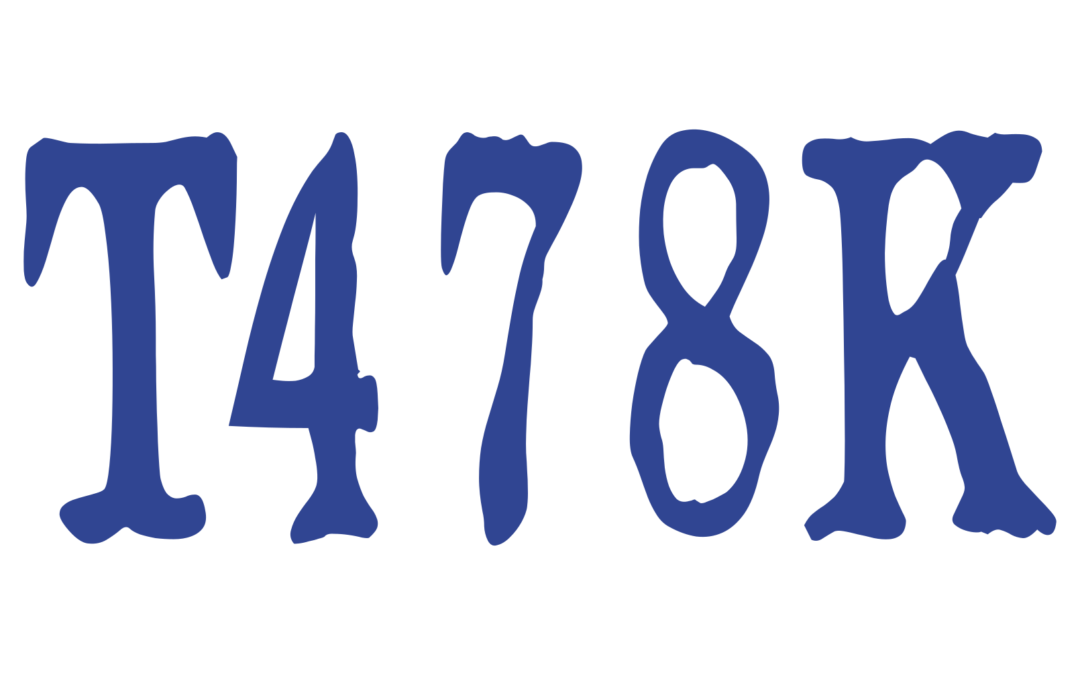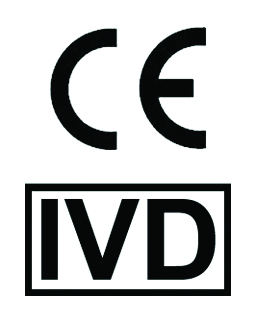As the media have been writing for weeks, the DELTA variant (born as variant B.1.617.2), first identified in mid-2020, is spreading fast.
According to last ECDC commentary, the highly infectious variant of concern (V.O.C.) DELTA is becoming “dominant in much of the European Region and efforts must be reinforced to prevent transmission”.
Delta variant pattern
This variant is characterized by a specific mutation pattern and differs from the ancestral SARS-CoV-2 string (hCoV-19) isolated in Wuhan in December 2019, for 29, among point mutations and deletions within its 29.811 nucleotides full genetic sequence, including the presence of D614G change, characteristic of the B.1 clade, shared with other variant of concern (V.O.C.) ALFA, BETA, GAMMA variants and variant of interest (V.O.I.) (B.1.617.2 Lineage Report. Alaa Abdel Latif, et al. Jand the Cent n.d.).
For V.O.I and V.O.C. see also “The challenge of monitoring Sars-CoV-2 variants cannot be met just by sequencing technology”.
T478K mutation
Among all mutations, the one that characterizes this strain is the single-base mutation T478K, first described in Mexico (Di Giacomo et al. 2021), and shared with Mexican variant B.1.1.519 and other India-first -described variants (B.1.617.1 and B.1.617.3).
The position 478 is inside the Receptor Binding Domain (RBD) sequence of the Spike protein, the one involved in binding to ACE-2 host cell’s receptor and involved in binding to some induced-vaccines antibodies. (Sanyal et al. 2020; Zhu et al. 2013).
T478K mutation of the DELTA entails an aminoacidic change, from Threonine (polar and uncharged amino acid) to Lysine (positively charged amino acid).
As molecular dynamics simulations studies demonstrated, although this change in charges, the DELTA variant doesn’t show a stronger RBD- ACE2 complex (Kim et al. 2021). The strongest molecular complex remains the one involved between ACE2 and ALFA, BETA and GAMMA variants characteristic mutation: N501Y.
Why DELTA variant it’s spreading so fast?
T478 is located in the flexible loop of RBD (see also: Changes in the Receptor Binding Domain (RBD) of SARS-CoV-2 and their clinical impacts) and so, this residue could first have a chance to contact with ACE2 (Ryu et al. 2021).
In other terms, the amino acid change allows residue 478 to enter the ACE2 receptor as an arrow and to immediately contact the host cell.
T478K proportion and prevalence
As ECDC recently published on its DELTA variant commentary dated 23rd of July, “Delta variant is now dominant in the majority (19 countries) of the 28 countries that reported sufficiently complete genetic sequencing information. Of these 19 countries, the median proportion of all nationally sequenced virus isolates detected showed that the proportion of Delta variant is 68.3%, overtaking the previously dominant Alpha variant (22.3%) across the region”.
For the cumulative prevalence, as it’s quite a new variant, T478K mutation numbers remain low, not exceeding 12% worldwide and 10% in Italy since the lineage was first identified. ALFA variant remains the most prevalent worldwide and in Italy.
ECDC/ WHO warning
“Based on current trends the Delta variant will continue to spread, displacing the circulation of other variants unless a new more competitive virus emerges. Where the Delta variant is spreading, intensive implementation of current public health measures, including increased access to testing, will be required to control COVID-19 transmission” ECDC/ WHO.
Written by Simone Di Giacomo, PhD, OaCP R&D Manager

CoViD-19 Nucleic Acid Detection Kit (VARIANTS)
Bibliography:
“B.1.617.2 Lineage Report. Alaa Abdel Latif, Julia L. Mullen, Manar Alkuzweny, Ginger Tsueng, Marco Cano, Emily Haag, Jerry Zhou, Mark Zeller, Nate Matteson, Chunlei Wu, Kristian G. Andersen, Andrew I. Su, Karthik Gangavarapu, Laura D. Hughes, and the Cent.”
Di Giacomo, Simone, Daniele Mercatelli, Amir Rakhimov, and Federico M Giorgi. 2021. “Preliminary Report on SARS-CoV-2 Spike Mutation T478K.” bioRxiv.
Kim, Seonghan et al. 2021. “Differential Interactions Between Human ACE2 and Spike RBD of SARS-CoV-2 Variants of Concern.” bioRxiv: 2021.07.23.453598. http://biorxiv.org/content/early/2021/07/26/2021.07.23.453598.abstract.
Ryu, Dong-Kyun et al. 2021. “The in Vitro and in Vivo Potency of CT-P59 against Delta and Its Associated Variants of SARS-CoV-2.” bioRxiv: 2021.07.23.453472. http://biorxiv.org/content/early/2021/07/23/2021.07.23.453472.abstract.
Sanyal, Dwipanjan, Sourav Chowdhury, Vladimir N Uversky, and Krishnananda Chattopadhyay. 2020. “An Exploration of the SARS-CoV-2 Spike Receptor Binding Domain (RBD) – a Complex Palette of Evolutionary and Structural Features.” bioRxiv: 2020.05.31.126615. http://biorxiv.org/content/early/2020/06/04/2020.05.31.126615.abstract.
Zhu, Xiaojie et al. 2013. “Receptor-Binding Domain as a Target for Developing SARS Vaccines.” Journal of Thoracic Disease.





